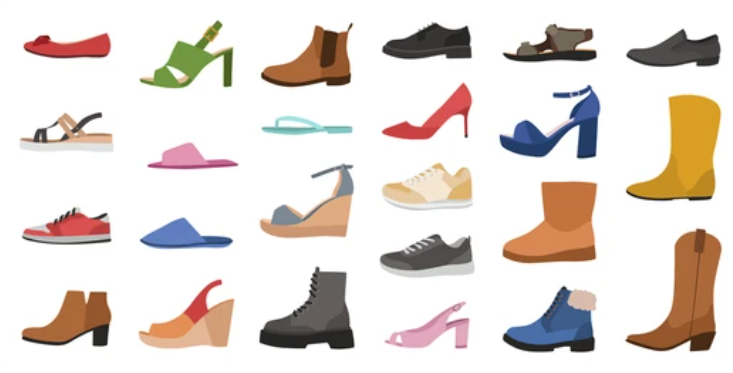Blisters, swelling, aching feet, shin splints, heel spurs –
ouch! If you work on your feet all day, these problems might be familiar to
you. Fortunately, there are ways we can all protect our feet at work.
It is common to develop foot problems at work. Some are
caused by slipping or falling, or from injuries such as sprains and cuts. Then
there are those caused by long periods of standing, and from poorly fitted or
inappropriate footwear.
What is the problem with standing?
Our feet are designed for mobility, which is why standing
for long periods can be so tiring. Standing for hours, day after day, not only
tires you out but can lead to aching and swollen feet, varicose veins, swelling
of legs, general muscular fatigue, plantar fasciitis (causing pain on the
bottom of your feet) and even damaged joints.
The surface you are standing on makes a difference, too.
Hard or uneven surfaces such as concrete can lead to significantly more wear
and tear on your feet, ankles and lower legs.
If you can, change your body posture regularly, and sit down
if you have the chance. Swapping your posture increases the number of muscles
you use, putting less strain on individual muscles and joints used to maintain
a standing position.

The right shoes for the job
Shoes play a vital role in supporting your feet, as well as
in protecting them from external dangers. Some occupations need specific
footwear for safety reasons, such as steel caps or chemical resistant material.
As a general guideline, you should look for shoes with the following:
- A well-padded sole – to absorb
and reduce pressure on the feet.
- A heel less than 2.5cm high –
high heels increase the pressure on the ball of the foot.
- Material that breathes – fungal
infections like tinea thrive in warm, moist environments. Leather is preferred
for shoe uppers, with synthetic or rubber best for the sole as they are often
more durable, shock absorbent and provide better grip.
- Laces, straps or buckles to
secure shoes to your feet, so you are not ‘clawing’ your toes to keep them on.
- Plenty of room. Your toes should
not touch the end of your shoes or you can damage your nails and toes. For this
reason, it is best to shop for shoes in the afternoon as most feet tend to
swell during the day.